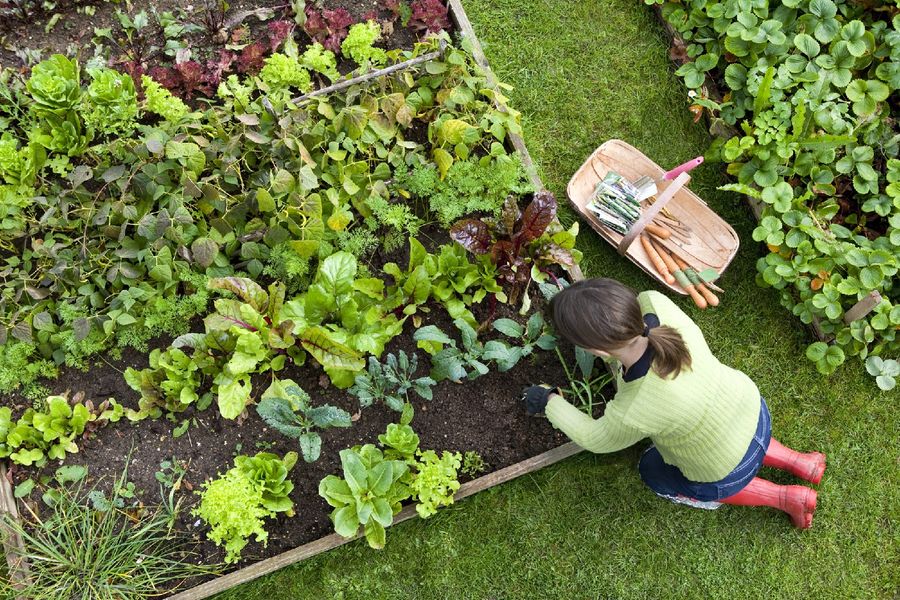As spring transitions to summer, gardeners everywhere feel the urge to dig, plant, prune, and prepare. Early summer is a magical time when longer days and warmer temperatures bring an explosion of growth. Whether you’re a beginner or a seasoned pro, using the right early summer garden tips can help your plants flourish and your outdoor space look its best.







